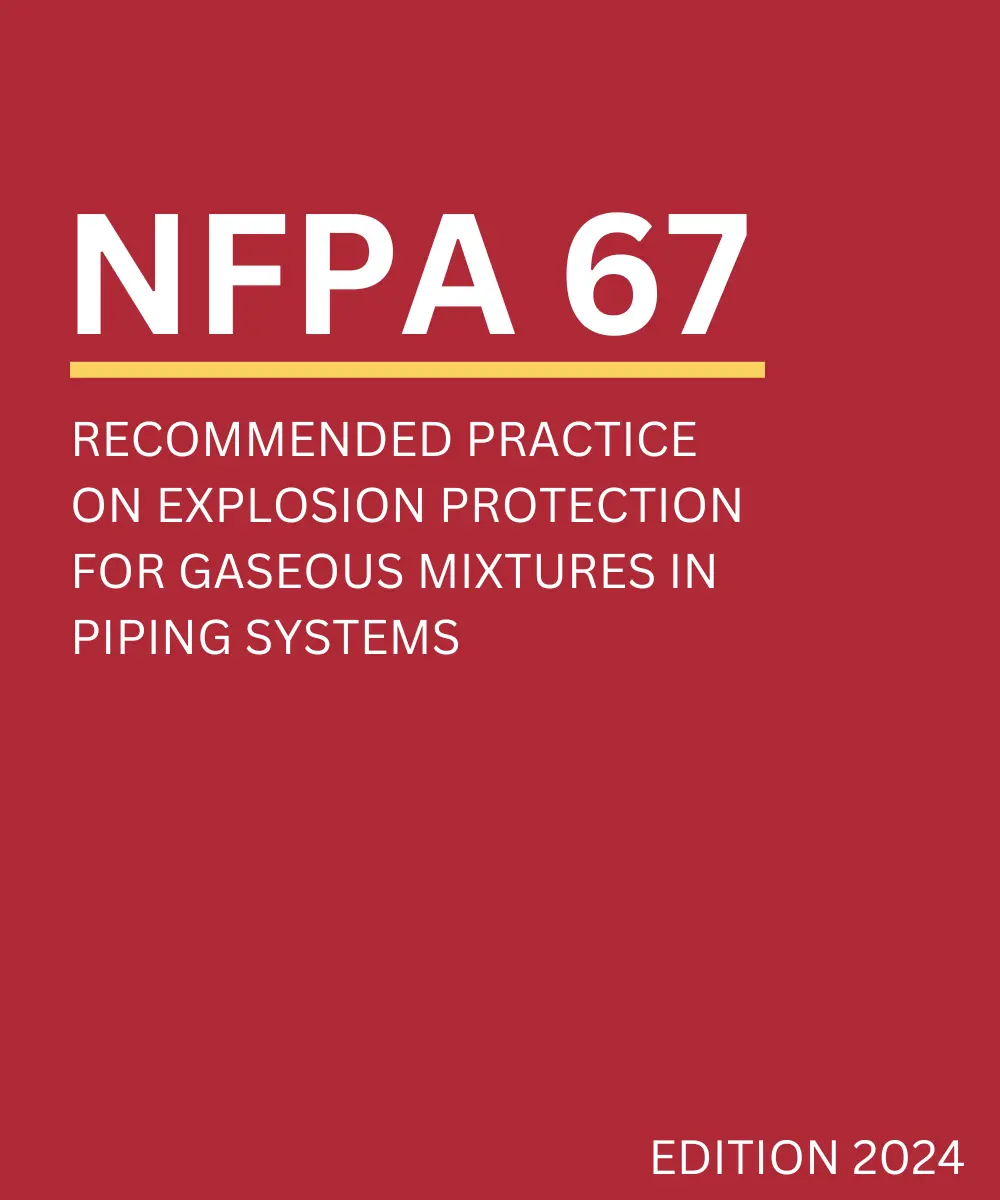
This guide outlines the criteria for designing, installing, and operating piping systems that contain or may contain flammable vapor mixtures. It aims to prevent and protect against damage from deflagrations or detonations caused by the combustion of flammable atmospheres within the systems.
Introduction
NFPA 67 provides guidelines for the design, installation, operation, and maintenance of piping systems handling gaseous mixtures, ensuring explosion protection in these environments. The 2024 edition refines safety practices for mitigating explosion risks in industrial settings.
Key Changes in the Latest Edition
- Explosion Risk Assessment: New guidelines on evaluating the explosion hazards in piping systems more effectively.
- Protection Techniques: Updated methods for explosion protection, including advanced venting and suppression systems.
- System Design Considerations: More specific guidance on designing piping systems to prevent explosion propagation.
Notable Features of the Current Version
- Detailed methods for assessing explosion risks in piping systems.
- Stronger emphasis on preventing explosion propagation with advanced protection systems.
- Clearer specifications for the design of piping systems in environments with explosive gaseous mixtures.
Practical Implications
Industries managing gaseous mixtures in piping systems must integrate the updated explosion protection methods, ensuring better safety and compliance with the 2024 edition.
Conclusion
NFPA 67 (2024) updates explosion risk management practices, focusing on advanced protection techniques and system design to enhance safety in environments dealing with gaseous mixtures.
Access NFPA 67 Now!
For further guidance, consult the NFPA 67 (2024) edition or reach out to an explosion safety expert to help implement these updated practices in your systems.
Book a free demo
Digitalize your Inspections with ZenFire
- Faster Inspection
- Deficiency Reporting
- Proposals
Company
Support and Services
- (206) 456-8988
- 236 W 27th st Floor 12, New York, NY 10001, United States
- 299 Fremont St APT TH313, San Francisco, CA 94105
- A-302, Nyati Tech Park, New Kalyani Nagar, Wadgaon Sheri, Pune-411014
- hello@zentrades.pro

